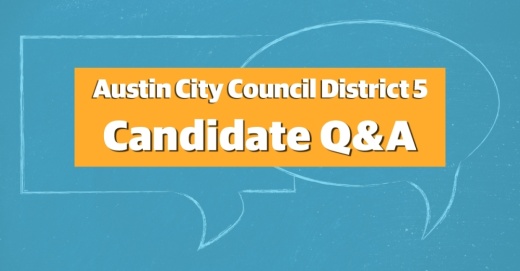Kitchen served two terms as council member for the South Central Austin district and will be leaving office in January. Based on new filings detailing campaign finance activity through late September, the District 5 race features several contenders with four of six candidates having raised more than $60,000 this year.
Aaron Velazquez Webman, a business development lead at a local property management software company, brought in the most donations so far this year with nearly $122,000 raised and more than $63,000 on hand for the final month of the campaign. Alongside Webman, attorney Ryan Alter reported a $70,300 fundraising total with nearly $50,000 on hand last month; District 5 policy adviser Ken Craig garnered more than $63,000 and maintained more than $57,000; and communications adviser Stephanie Bazan raised around $61,700 with nearly $42,700 remaining as of September.
The race also features Bill Welch, a retired enterpreneur and U.S. Air Force brigadier general, who raised more than $24,000, and consultant Brian Anderson II, who reported more than $4,000 in donations.
Learn more about the district's council candidates ahead of the Nov. 8 election. Early voting will run Oct. 24-Nov. 4, and more information about voting in the election can be found through the Travis County clerk's office.
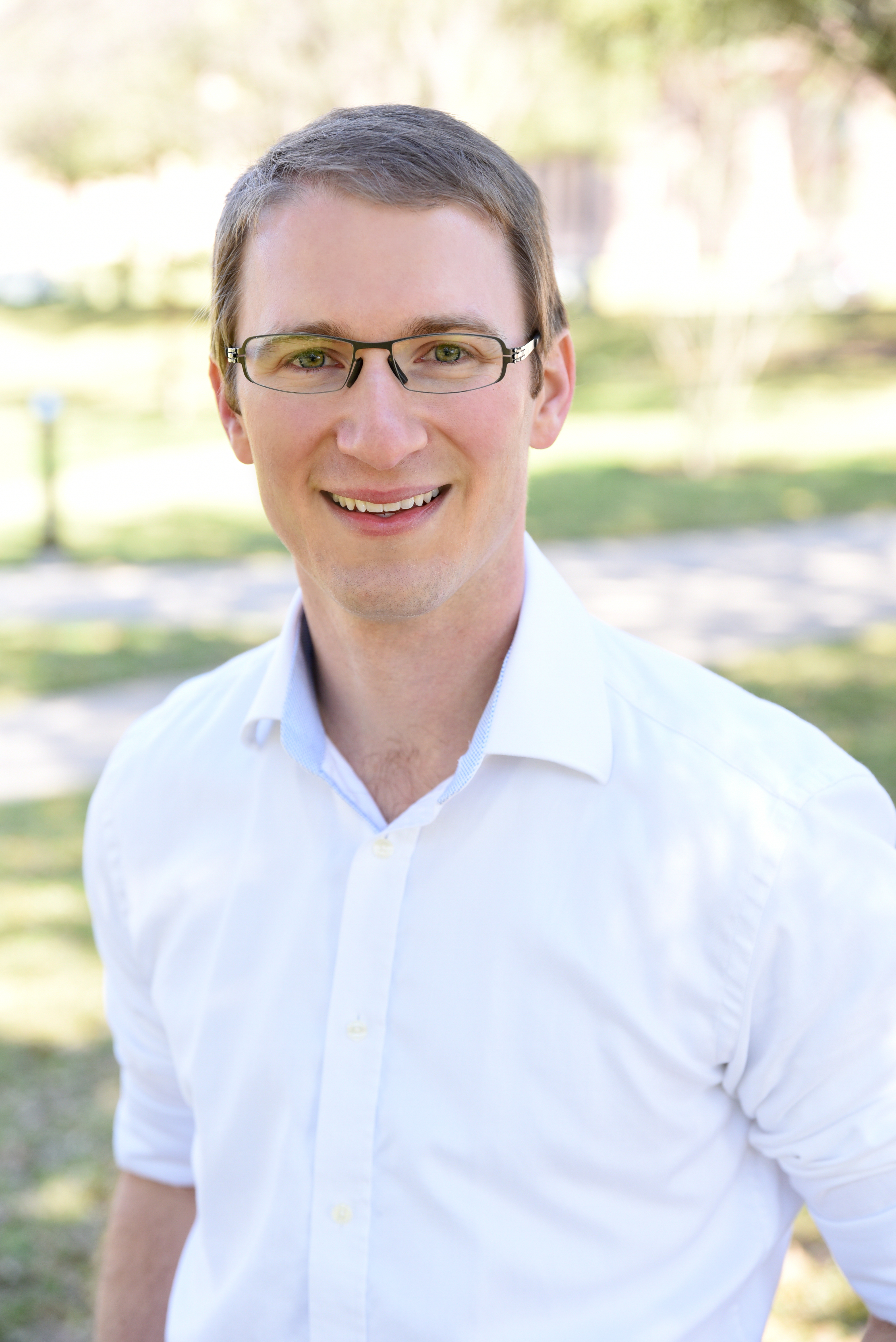
Ryan Alter
Experience:
Senior policy analyst, state Sen. Kirk Watson; general counsel, state Sen. Juan Hinojosa; policy analyst, state Sen. Sylvia Garcia; staff attorney, Judge Karin Crump; owner, small business building attainable missing middle housing
Occupation:
Attorney
Candidate Website:
https://www.ryanforatx.com/
How safe do you believe Austin is today? Do you think any funding, staffing or operational changes are needed in the city’s public safety departments?
Austin is a safe city for many, but should be safe for everyone. Everyone should feel comfortable walking around their neighborhood, enjoying an evening out around town, and interacting with law enforcement. This can be a reality if we move past the old way of thinking and instead approach public safety holistically. Council needs to establish what responsibilities are the most appropriate for our public safety departments and ensure adequate resources are provided for that response to be effective. There are numerous situations that not only do not require police responses, but would actually result in better outcomes for the public if other professionals are utilized. For instance, we know mental health emergencies are best suited for an entity like EMS, yet many of these calls still end up with APD. Similarly, victims of sexual assault can be retraumatized when interacting with law enforcement and would be better served by another agency. We can design a comprehensive public safety system that makes Austin safer and more prosperous if we are willing. Everyone should feel free to enjoy all that Austin has to offer, and that’s what I intend to do.
How do you believe city resources should be used to address homelessness? What do you see as the most effective policy options to get people services and housing?
We have not done enough to help our unhoused neighbors. We need a more robust effort that addresses this challenge at the scale that is needed. At the heart of this issue are human beings who deserve to have a bed to sleep in, a roof over their head, and a place to call home. The city does have a big plan to create thousands of units for the unhoused, with a large portion of those being critical permanent supportive housing. I would like to see us execute this plan on time or early and remember that this plan does not solve the problem. We have to make sustained investments in permanent housing beyond Finding Home ATX, and I would advocate for such in our future budgets. We should also establish regional stabilization hubs that provide a safe space to live and receive necessary services like physical and mental health, transportation, sanitation, and case working, which will then serve as the bridge to the housing we have in the pipeline.
What challenges or needs related to the overall city budget and property tax rate do you anticipate facing during your term? What fiscal strategies would you bring to the table to address those?
A budget is a moral document and reflects our values as a city. When crafting our budget, we must first provide the necessary resources to ensure we are excelling at providing our core services. It is equally important to include proper accountability metrics that ensure the money we are spending is money well spent. It is then essential that we invest in programs that invest in our people, from public health, to clean outdoor spaces, to enriching our cultural diversity. This must all be done while remembering that we are in an affordability crisis. It is our duty to remember that it is real people and small businesses that pay for these programs, and we should do all that we can to provide robust effective services while keeping the overall tax bill for our people as low as possible so they can continue to enjoy the many things they helped pay to create.
What aspects of the city’s land development code, if any, would you propose to review? How do you believe council should handle Austin’s ongoing growth and its existing neighborhoods, from individual zoning cases to broader policy updates?
The biggest thing we can do to make Austin more affordable is update the Land Development Code to allow for housing opportunities for everyone everywhere. Our code is older than I am and dictates building large expensive homes that few can afford. Austin is a different city than it was 40 years ago, and it is time we updated our code to ask not what Austin used to be, but rather what do we want Austin to be decades from now. This should be paired with immediate action that will create the diversity of housing we need throughout Austin. My Housing Now plan contains a series of policies that would do this. A major component of this plan is Opportunity Unlocked, which will create more housing at levels that are affordable for a majority of Austinites. This will not only create more opportunities for everyday residents, but it will also lessen the pressure on low-income housing. Currently, many people looking for middle-income housing simply cannot find it, because it doesn’t exist. This forces them to overbid on homes that are less expensive and price out those who can only afford these less-expensive options. This persists down the income ladder and eventually squeezes out those at the bottom. By creating more missing middle housing, as my Housing Now plan does, we can take that pressure off the lower- priced homes and finally create housing for everyone everywhere.
How should council address the implementation of larger transportation initiatives including the I-35 expansion and Project Connect? What safety and mobility improvements would you propose for city roadways and bike/pedestrian routes?
We have failed to keep up with our transportation infrastructure for too long and it shows. Imagine enjoying your commute and not worrying about sitting in traffic. This is possible if we prioritize policies that create options for people to get around the city in an efficient manner, using a multitude of transportation options. This starts with Project Connect and delivering the promise we made to the voters. Austinites asked for a robust transportation system and we must deliver it. This means not getting bogged down in the usual fights or failing to coordinate with the other agencies involved. It also means fulfilling our promise to protect our residents at risk of displacement through a revolutionary fund dedicated to this purpose. Another large investment we are going to be making in transportation is along I-35. If we are going to invest billions of dollars into I-35, the end product has to be something that makes us better off than we are today and that advances our values. We must push for real solutions that support our investments in multimodal transportation; lower emissions for our region; and undo the nearly 100 years of racism that this road has literally cemented into our community. But we must also remember that transportation issues don’t exist in a vacuum. If we make housing available for everyone everywhere, we will allow more people to live near their place of work/study. This will ease the stress on our already congested roadways by making walking/biking a real option or simply replacing the need to drive across town with a short trip. Through smart transportation investments and robust housing policies that support them, we can connect all our residents and finally end the headaches of traveling around Austin.
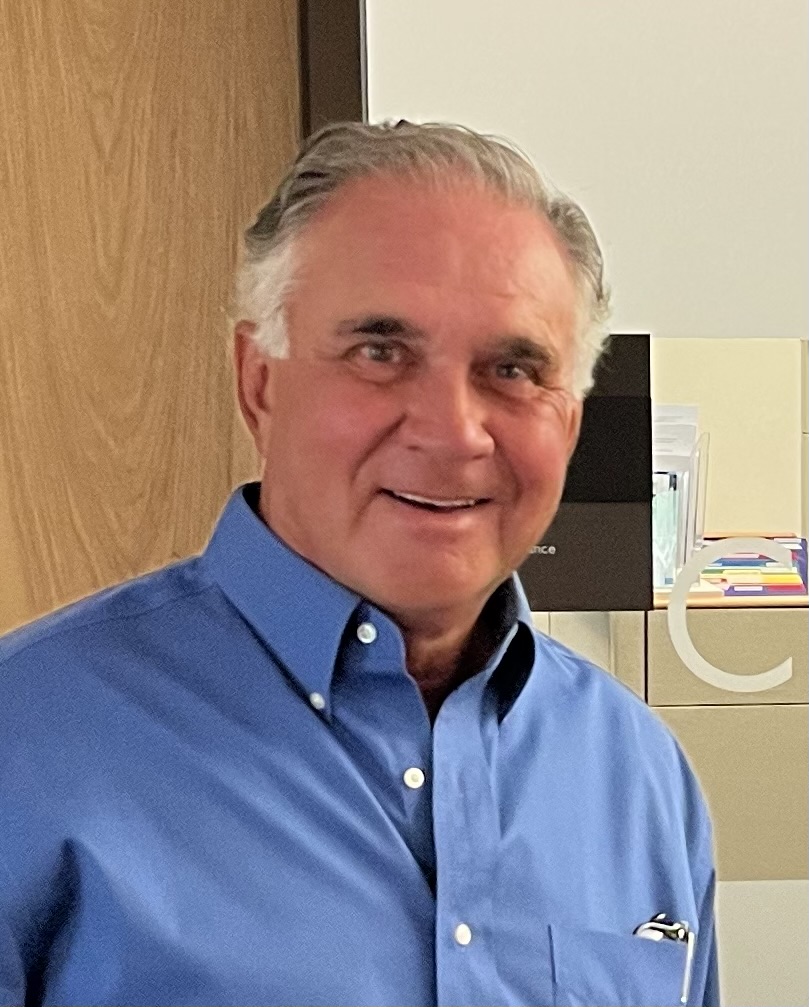
Bill Welch
Experience:
Barton Springs Edwards Aquifer Conservation District elected board member and vice president; Austin Downtown Commission appointed member
Occupation:
Brigadier General, U.S. Air Force (retired)l businessman/CEO (retired); entreprenuer founder of eight successful business enterprises; co-founder of Apptronik, Inc.
Candidate Website:
https://billwelch.org/
Contact Information:
[email protected]
How safe do you believe Austin is today? Do you think any funding, staffing or operational changes are needed in the city’s public safety departments?
Austin is no longer a safe city! Crime statistics are increasing in every category. There needs to be better funding for training, equipping, and retaining the highest quality police force. I did something called a “ride-along” with the Austin Police Department several weeks ago. This is an experience I think every citizen should have. The first thing the officer did when we got into his car was to bring up the computer and see what emergencies were pending. He commented, “there are currently 20 callers on hold at 911 for five minutes or longer.” We clearly need more 911 personnel. I asked about sector police coverage. In one neighboring sector there were supposed to be eight police cars on the road, there was one! In the sector we were working there was only one third the number of the police cars on the road than called for. We need more police officers! These men and women work non-stop during their shift. We rolled from one incident to another, traffic accidents, speeders, highway breakdowns, breaking and entering, and felony theft were all part of my one-night experience. Our police are under manned, underfunded, BUT unafraid. They serve with pride and professionalism. These men and women in blue deserve our support AND appreciation.
How do you believe city resources should be used to address homelessness? What do you see as the most effective policy options to get people services and housing?
We should not have homeless people living on the streets and byways of Austin. It’s inhumane to those who are out there, and it’s bad for our affected communities and neighborhoods that are left to deal with the problems of mental illness and drug and alcohol abuse. We see increasing petty crime, assaults, and over burden of our 911 and EMS response. I want to see strict enforcement of the camping band and compassionate handing of homeless persons by trained social service teams. We should not treat homelessness as a crime, instead we must treat the illness that contributes to it. The police should work in a support role and intervene only when violence erupts. There should be immediate response to reports of homeless encampments. And relocation to appropriate care facilities or approved city camping locations.
What challenges or needs related to the overall city budget and property tax rate do you anticipate facing during your term? What fiscal strategies would you bring to the table to address those?
I don’t believe our city government has a revenue problem, instead they have a spending problem. There must be a better prioritization of use of our tax dollars and greater respect for the burden ever increasing taxes and fees place upon our citizens. I believe the city budget process currently starts with assuming the maximum allowable tax and fee increases and then they budget ways to spend those dollars. Instead, they should be focused on meeting the primary responsibilities of municipal government such as public safety (police, fire, EMS), plentiful and clean water, reliable and consistent electricity, roads, transportation, and general quality of life. This should involve long range planning and budgeting that meets the future needs or our city. Most importantly, there needs to be an independent audit of our five-billion-dollar city budget and the success and failure of our departments and city manager in meeting budget expectations and objectives.
What aspects of the city’s land development code, if any, would you propose to review? How do you believe council should handle Austin’s ongoing growth and its existing neighborhoods, from individual zoning cases to broader policy updates?
The City Council should modify existing zoning, density, and height restrictions along primary transit corridors to allow for greater density development to support more housing and commercial space thereby increasing supply and resulting in more affordability. This will also support public transportation by placing density near transit corridors thereby improving ridership. I support the right of self-determination for existing neighborhoods. The City Council should not attempt to impose city-wide mandates and rewrites of the zoning code that will change the nature of existing neighborhoods.
How should council address the implementation of larger transportation initiatives including the I-35 expansion and Project Connect? What safety and mobility improvements would you propose for city roadways and bike/pedestrian routes?
There must be better oversight and accountability of our major projects. Project Connect is projected to far exceed the planned expense because there was poor budgeting and failure of oversight and lack of accountability. Roads need to be wider and safer. Controlling speeders and unsafe drivers is a traffic enforcement issue for the police and should not be substituted by white and yellow sticks that create an obstacle course to slow vehicle traffic. Westgate Boulevard, Slaughter Lane, and Jones Road are good examples of bad policy. Importantly...Bike and pedestrian routes need to be grade separated from roadways wherever possible. Painted white lines and plastic sticks are no match for a motor vehicle.
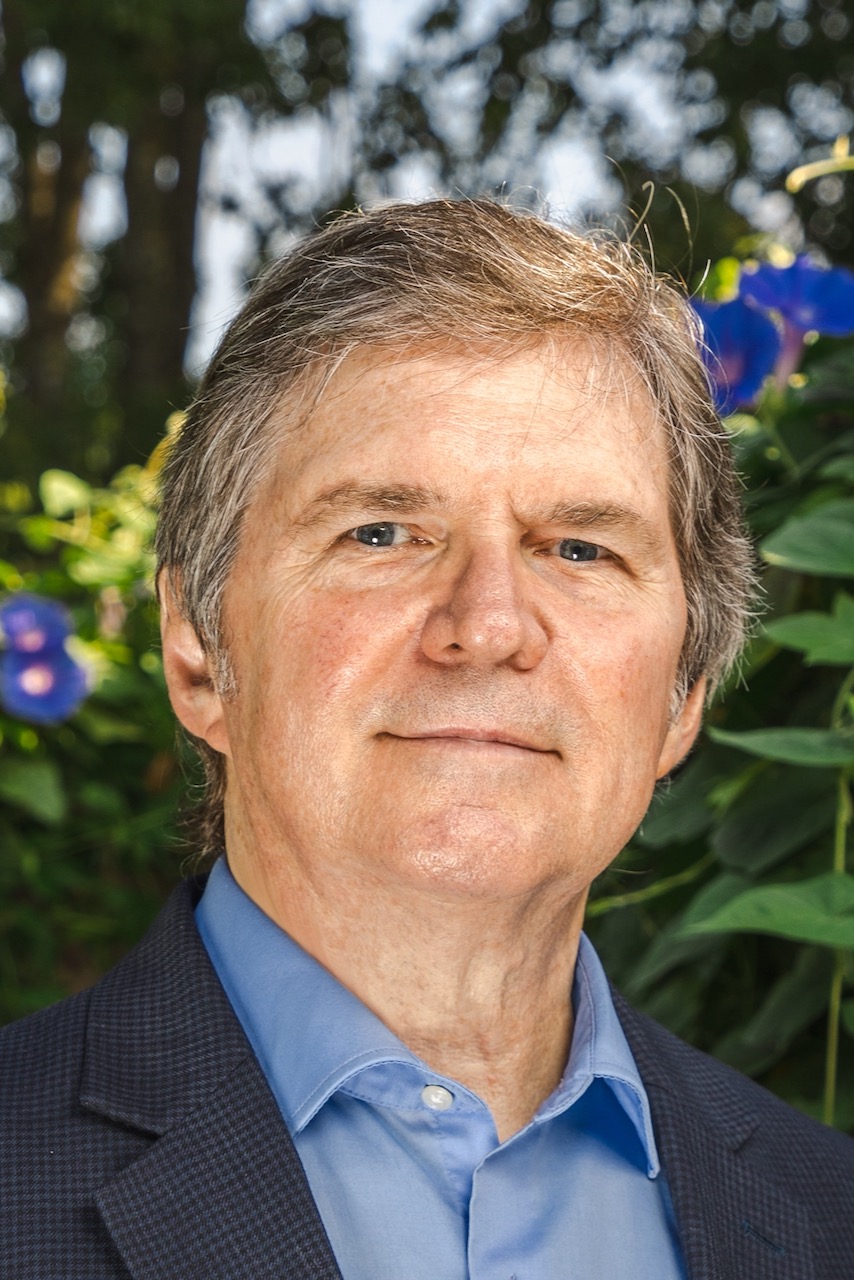
Ken Craig
Experience:
Over 7 years as senior policy advisor for District 5 Councilmember Ann Kitchen; manager for local woman-owned small business; lifelong Democratic leader; South Austin Democrats vice president; Capital Area Progressive Democrats president; Democratic Party clubs member; decades of community leadership: Shiloh Oaks Neighborhood Association, Armadillo Park Neighborhood Association, GoAustin/Vamos Austin u201945 sector leader; Religious Coalition to Assist the Homeless board member; St. Vincent dePaul Society, Austin Central District Council board president; Austin Diocesan Council board member
Occupation:
Senior policy advisor, City Council District 5 (on leave)
Candidate Website:
https://kencraigforcouncil.com/
Contact Information:
512-899-7753
How safe do you believe Austin is today? Do you think any funding, staffing or operational changes are needed in the city’s public safety departments?
Changes I will continue to champion: Fund more district representatives—the officers who help neighborhoods with specific safety and crime issues; fill police vacancies: improve cadet curriculum, increase the number of cadet academies; build trust and accountability by supporting the Officer of Police Oversight; maintain four person staffing and operational control for firefighters; with EMS, continue to champion AustinCAREs, which placed mental health professionals in the 911 Call Center to respond to mental health crises.
How do you believe city resources should be used to address homelessness? What do you see as the most effective policy options to get people services and housing?
I will accelerate immediate shelter and permanent housing for unhoused people. As council senior policy advisor, I launched Housing-focused Encampment Assistance Link and helped The Other Ones Foundation expedite permitting for utilities at the Esperanza Community. City resources should be used to facilitate work by our partner agencies that prepares people for, and matches them to housing and matches them to the appropriate permanent housing. The most effective options provide support services for the transition to permanent housing.
What challenges or needs related to the overall city budget and property tax rate do you anticipate facing during your term? What fiscal strategies would you bring to the table to address those?
Filling vacancies and new staffing needs are significant budget challenges as the city grows - for increasing EMS, fire, and APD staffing. I will: Manage the budget to keep property taxes and fees low; maintain the 20% homestead and senior tax exemptions; adopt a budget within the 3.5% revenue cap; use alternative financing options to accomplish policy priorities; use conservative fiscal measures: multi-year revenue and expense projections, adequate reserves, matching one-time funding to non-reoccurring expenses.
What aspects of the city’s land development code, if any, would you propose to review? How do you believe council should handle Austin’s ongoing growth and its existing neighborhoods, from individual zoning cases to broader policy updates?
I support LDC changes that preserve affordable housing, expand housing types, and reduce housing costs. We can build housing that is affordable, while improving neighborhood streets, water quality/flooding controls, and parks. The city must plan for growth, and proactively improve water, energy, road and other infrastructure. Example: I worked with Housing Authority staff, Zilker and Goodrich Place neighbors to build a 3 story 100% affordable apartment community in Zilker that tripled affordable housing units.
How should council address the implementation of larger transportation initiatives including the I-35 expansion and Project Connect? What safety and mobility vimprovements would you propose for city roadways and bike/pedestrian routes?
I have helped many neighbors improve safety with stop signs, lower speed limits, turn lanes/signals, crosswalks, sidewalks, protected bike lanes. I-35, Project Connect, and corridor improvements must meet Austinites’ needs. Examples: Safe access to Brandt Road from I-35 South; locate Southpark Meadows Park & Ride along Slaughter near Orange line extension; Menchaca MetroRapid stops in safe locations with sidewalks and shade; protected bike lanes along South Lamar behind the curb; South Lamar traffic signal enhancements.
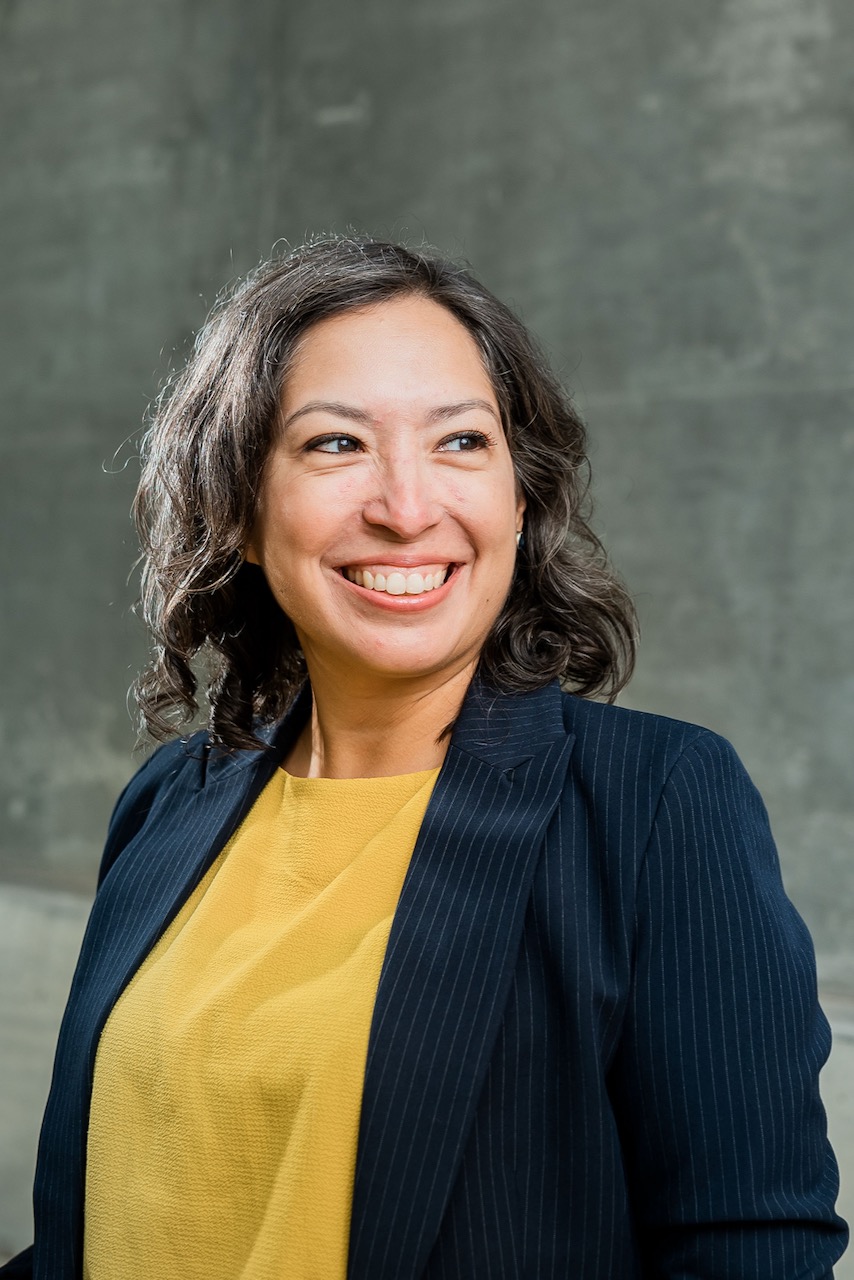
Stephanie Bazan
Experience:
Crisis advisor and communications professional; experience in education, health care, law and homeless services; LBJ Womenu2019s Campaign School at the University of Texas School of Public Affairs; Moms Demand Action member; Austin Community Foundation Hispanic Impact Fund steering committee member; The Junior League of Austin board member; GAHCC Hispanic Austin Leadership program leader; Census 2020 digital organizer; has worked closely with elected officials, board members, business owners, committee members and other community leaders.
Occupation:
Crisis advisor and chief communications officer
Candidate Website:
https://stephaniebazan.com/
Contact Information:
737-298-7836
How safe do you believe Austin is today? Do you think any funding, staffing or operational changes are needed in the city’s public safety departments?
There is opportunity for improvement. As Austin grows and changes, so must our public safety services to better provide for residents. So far in 2022, crimes against property and crimes against persons are both down relative to 2021, according to the latest crime report. That being said, we can always strive to be a safer city. We need to expand our efforts to recruit and retain diverse and culturally competent public safety staff, ensure that people are paid their worth and also hold leadership accountable. We must also alter certain procedures to encourage protection, de-escalation and community service over strict policing. We need to acknowledge that EMS provides healthcare as a core component of their services and fund appropriately. Continuing education on implicit bias is also key to safer communities. To achieve more quality public safety services we must have greater transparency, accountability and community partnership.
How do you believe city resources should be used to address homelessness? What do you see as the most effective policy options to get people services and housing?
I am a proponent of the Housing First model. It is critical that people experiencing homelessness are able to have permanent housing along with support services. More housing is the solution to the unhoused. How would we get more housing? Through establishment of win/win partnerships with local businesses which has been shown to work. We would also need to partner with proven nonprofits. To make lasting change, we must increase the pace of units for the unhoused and vulnerable and prioritize supportive services along with housing. We should better support and coordinate organizations providing services to those experiencing homelessness and, importantly, work to intervene sooner for those who are housing insecure, so they do not go from homes to the streets. Due to an unforeseen circumstance someone can quickly find themselves on the verge of homelessness. For a person working paycheck to paycheck, damage to their car that they can’t afford to repair can prevent them from getting to work or performing their job if it involves driving. There are many examples of sudden hardships that can upend a person’s already tight budget. We need Emergency Aid. We do have community organizations that have aid, but often it is for current clients and waiting lists are long so those groups do not necessarily help someone in an emergency. The average costs for housing and transportation in Austin make up approximately 47% of household income and as a city we need to scale our resources to include more for homelessness prevention. Although homelessness is a city-wide issue, it is a topic that comes up frequently in D5 due to the camps in our area parks and preserves. What is unique for District 5 is that Sunrise Navigation Center, a nonprofit that serves thousands of people experiencing homelessness each month is in South Austin and they offer a few resources currently not available elsewhere in Austin. They are the only operation where the unhoused can store medication and they also have Texas’ first free Narcan vending machine. They are addressing homelessness in innovative ways, such as through their hotline that will fully launch in October. Austin can strategically replicate some of the things they are doing to relieve pressures from that facility. When I speak to community members they want to be able to do something and now they can submit an Outreach Request Form to a mobile team when they see someone who is experiencing homelessness and may need additional care and support. We need to better communicate these opportunities to the public.
What challenges or needs related to the overall city budget and property tax rate do you anticipate facing during your term? What fiscal strategies would you bring to the table to address those?
The vast majority of a homeowners’ property taxes are school district and County based. We need to use our platform to advocate for our city at the state level to help address recapture. A challenge is that state-imposed revenue caps mean that increased funding in one area generally has to come from another area. I do not commit to increasing funding for just any program, but only those that are efficient and effective at achieving the goals established by the city.
What aspects of the city’s land development code, if any, would you propose to review? How do you believe council should handle Austin’s ongoing growth and its existing neighborhoods, from individual zoning cases to broader policy updates?
Austin needs a diversity of housing throughout the city and rules that allow for it. We cannot accept continuing patterns. We need market rate and subsidized housing construction goals that consider growing demand and that can be realistically met. We need more density on corridors and rules that allow for our city’s growing needs for housing. Austin’s urban planning was deliberately founded in exclusionary zoning. We need land use rules that everyone can understand so we can construct with certainty and build the city we want for our future. I don’t want to get rid of what people love about their neighborhoods, I want to purposefully enhance our neighborhoods, ensure we are welcoming, and make sure that people who live here can afford to stay. We need to streamline the permitting process and address compatibility standards and parking minimums that are not serving us.
How should council address the implementation of larger transportation initiatives including the I-35 expansion and Project Connect? What safety and mobility improvements would you propose for city roadways and bike/pedestrian routes?
Everyone should have access to quality public transportation that is reliable, comprehensive and sustainable. We must ensure that Project Connect is implemented equitably and completed on time and on budget to meet community expectations. I would encourage continued efforts like ATX Walk Bike Roll that contribute to helping people get around more easily. I would champion ongoing collaboration so that transit riders can count on transport with good frequency that reaches their desired destination within a reasonable time. We should support Vision Zero policies to make our streets safer. Safe bus shelters, shaded walkways and other measures should also be considered so we take advantage of transit. While looking at projects that the City has more control over, we need to build new infrastructure that will encourage more modes of transit for Austinites. For I-35, there is countless data to show that more lanes does not equal better. I agree with those on council who have already noted that we should go no wider and no higher. We need to see that Austin residents have a voice within the conversations regarding the I-35 expansion to make sure that the plans are inclusive to our needs as a city and not just a project to help those outside the city get through Austin. It should not be controversial that most of Austin’s growth should be transit accessible. Improved transit and affordable transit-oriented development not only help us with our climate goals, but also with our affordability challenges by driving down the cost of living.

Aaron Velazquez Webman
Experience:
I developed diverse skills while working as an immigration attorneyu2014which gave me a unique view into how legislation impacts people in the real world. I am also on the board of Cicero, a public policy organization based in Austin.
Occupation:
Business development at Ender
Candidate Website:
https://www.aaronwebman.com/
How safe do you believe Austin is today? Do you think any funding, staffing or operational changes are needed in the city’s public safety departments?
While door-knocking throughout the district, I’ve learned that many residents are feeling increasingly unsafe. I believe that we have generally become too hostile towards the police force instead of only maligning individual bad actors. If we, as a city, can’t curb our hostility towards the police force, we won’t be able to attract strong and ethical candidates to apply for training. Moreover, I believe we should work on decriminalizing nonviolent offenses. It spreads the police force too thin and decreases public trust.
How do you believe city resources should be used to address homelessness? What do you see as the most effective policy options to get people services and housing?
Allowing street camping increases violence and deprives cities of a valuable tool to encourage homeless people to engage with treatment. We must institute pay-for-performance contracts, reform mental health admission criteria, and provide affordable shelter and service alternatives. This will improve communities, and help the homeless get back on their feet. Housing First has failed everywhere it has been tried and we must avoid going down that route. For instance, since 2011, San Francisco has built more than enough "permanent housing" for every single chronically homeless individual in the city. Yet instead of “ending homelessness,” as promised, homelessness increased substantially and the city has become an international byword for the homelessness crisis.
What challenges or needs related to the overall city budget and property tax rate do you anticipate facing during your term? What fiscal strategies would you bring to the table to address those?
Firstly, the government’s financial operations are too inaccessible to the public. Austinites deserve to know how their money is being spent. We must allow an independent audit of the city to reveal where the government is being wasteful. Once we have that data, we can take appropriate action to mitigate high tax burdens and redirect funds to services that are proven to have a positive impact in the community.
What aspects of the city’s land development code, if any, would you propose to review? How do you believe council should handle Austin’s ongoing growth and its existing neighborhoods, from individual zoning cases to broader policy updates?
I do believe that we should review the land code. Austin’s growth won’t be healthy if our zoning policies are frozen. However, as discussed above, a top-down “comprehensive” zoning plan is both unrealistic and potentially harmful since it doesn’t take the needs of the myriad of distinct neighborhoods into account. The difficult truth is that there are no silver bullet solutions. Upzoning requires the grinding work of meeting with each and every neighborhood group throughout the city. If you can’t get them to come to the table and agree on changes to their neighborhood, density won’t realistically be achieved.
How should council address the implementation of larger transportation initiatives including the I-35 expansion and Project Connect? What safety and mobility improvements would you propose for city roadways and bike/pedestrian routes?
Project Connect: I’m not in favor of the current plan (which will serve only a tiny percentage of the population) and am upset that the initiative will now cost at least $10 billion. Austin needs better infrastructure but project connect is haphazard and outrageously expensive. bike lanes: I have a personal stake in this question because my wife rides a bike with our children on a daily basis and I desperately want the roads to be safer. Frankly, I’m extremely disheartened by many of the bike lane projects that have been implemented by the city. Implementing bike lanes is only worthwhile when done well. Many of the bike lanes in Austin have been awkwardly implemented and sometimes even make biking more dangerous. Undoubtedly, some politician somewhere is taking credit for the extra miles of useless and potentially dangerous bike lanes in Austin. If we want to lean into better bike infrastructure, we can’t continue to do so thoughtlessly. The I-35: Frankly, the “Rethink I-35” group has made a strong case against I-35 expansion and, consequently, I’m biased against the expansion. I’m open to have my mind changed about this issue but pro-expansion advocates have not yet made a strong case to me yet.

Brian Anderson II
The questionnaire was not returned by the deadline.




